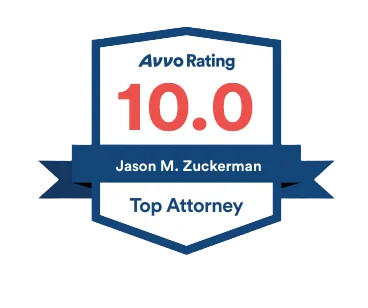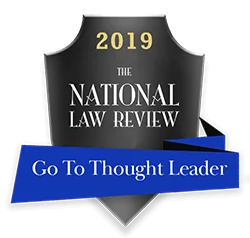Playboy has sued Sheppard Mullin for malpractice and is seeking $7.6M in damages for losing a Sarbanes-Oxley whistleblower case at trial “in spectacular fashion.” The complaint alleges that Sheppard did not properly evaluate, or inform Playboy of, the true damage exposure and missed several opportunities to settle the case for a fraction of the policy limits of Playboy’s employment practices liability insurance policy. The SOX whistleblower case was brought by Catherine Zulfer, a former accounting executive who alleged that Playboy terminated her employment for raising concerns to Playboy’s Chief Financial Officer and Chief Compliance Officer about accruing discretionary executive bonuses without Board approval.
The complaint alleges a flawed approach to potential settlement that, in my experience, is fairly typical in employment litigation.
- About two weeks before trial, Sheppard predicted a 75% chance of defeating Zulfer’s SOX whistleblower claim.
- At trial, the jury returned a verdict of $6,000,000 in compensatory damages and a finding of malice, oppression or fraud after deliberating only 1 hour and 45 minutes.
- Playboy’s insurance policy afforded $5,000,000 of coverage above a $500,000 self-insured retention.
- In August 2013, Zulfer offered to settle for $1M and Sheppard failed to put any pressure on the insurer or on Playboy to settle.
- Following depositions in November 2013 that were damaging to Playboy, Zulfer’s attorney reiterated the demand of $1M with a willingness to negotiate downward. Sheppard again neither informed Playboy of the increased exposure in excess of policy limits nor advised Playboy to insist that its insurer accept a demand within policy limits.
Sheppard had the misfortune to lose in “spectacular fashion” largely because Zulfer was represented by David DeRubertis, a preeminent trial lawyer who has obtained large verdicts in several employment cases. But the approach to potential settlement Playboy alleges is typical of what I see in hard-fought whistleblower cases. The playbook usually consists of offering only nuisance value pre-litigation, digging up dirt about the whistleblower that is wholly irrelevant to the merits of the case, making misleading accusations about the whistleblower’s job performance, using discovery to harass the whistleblower, trying to focus the case on the after-acquired evidence defense, and withholding damaging documents until the whistleblower prevails on a motion to compel. The super-charged version of this playbook includes bringing SLAPP suits against the whistleblower and threatening to file a frivolous Rule 11 motion.
While in my experience these tactics often backfire and do not benefit the employer, such tactics generate hefty fees for defense counsel. As big firm attorneys are under increasing pressure to meet high billable-hour requirements, there is little incentive to perform a realistic case assessment or to lean on a client to settle. And in whistleblower cases, the employer often resents the whistleblower and is far more inclined to vigorously defend the claims than to make a good faith effort to settle.
While this malpractice case against Sheppard was probably widely read in the employment bar, the typical defense playbook is unlikely to change. In-house counsel, however, would be well advised to assess employment cases through the perspective or eyes of the jury
rather than rely solely on outside counsel assuring the company that the whistleblower will never win at trial.









